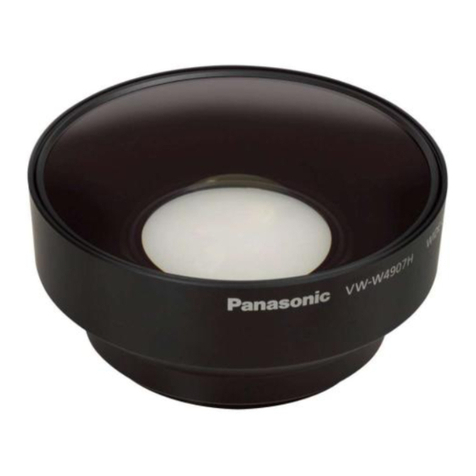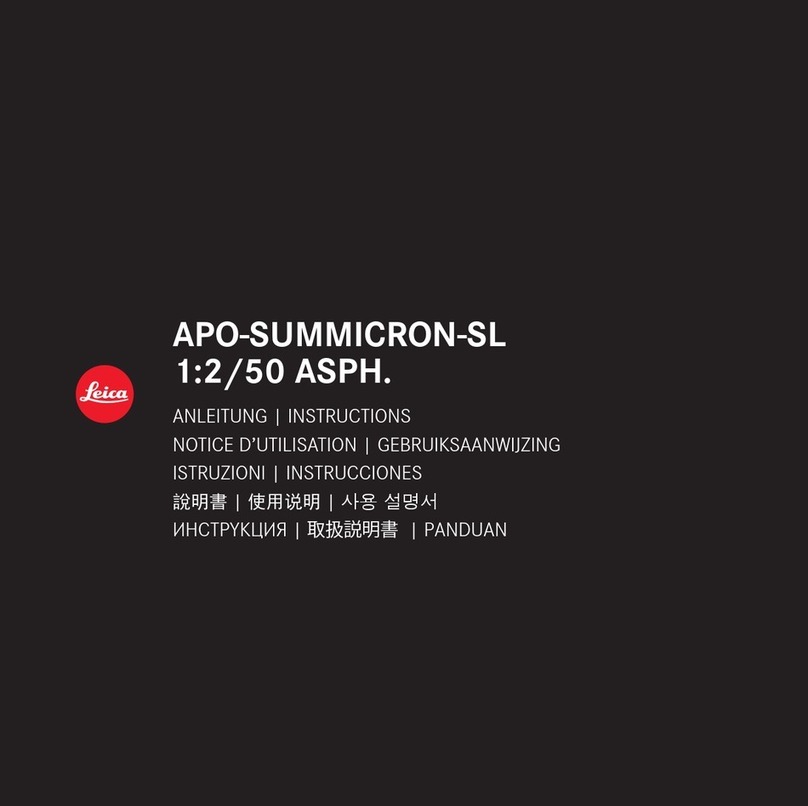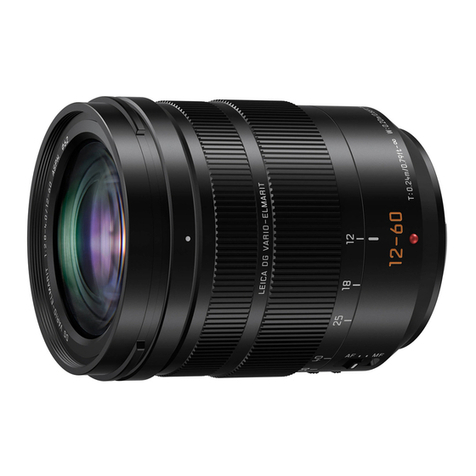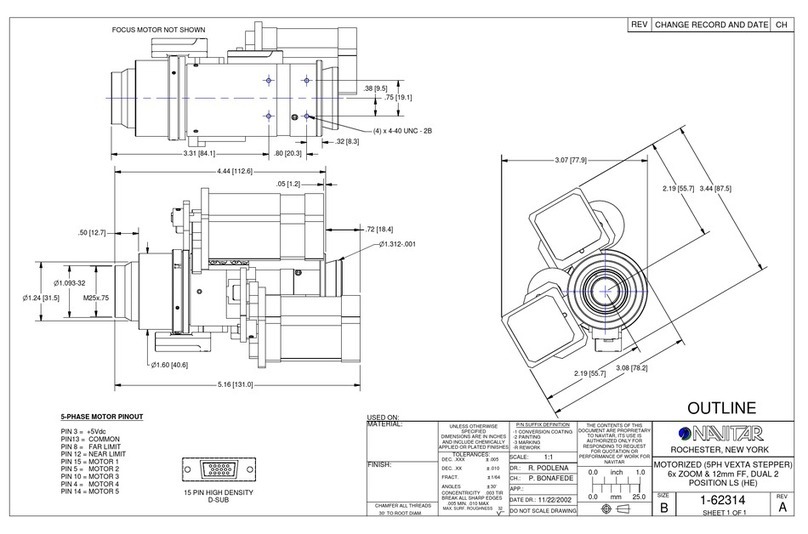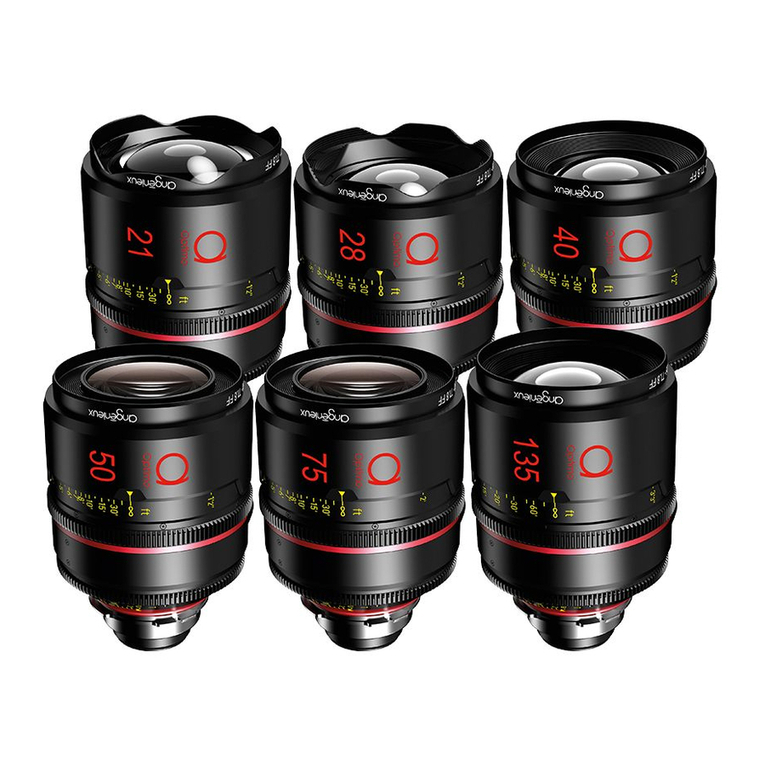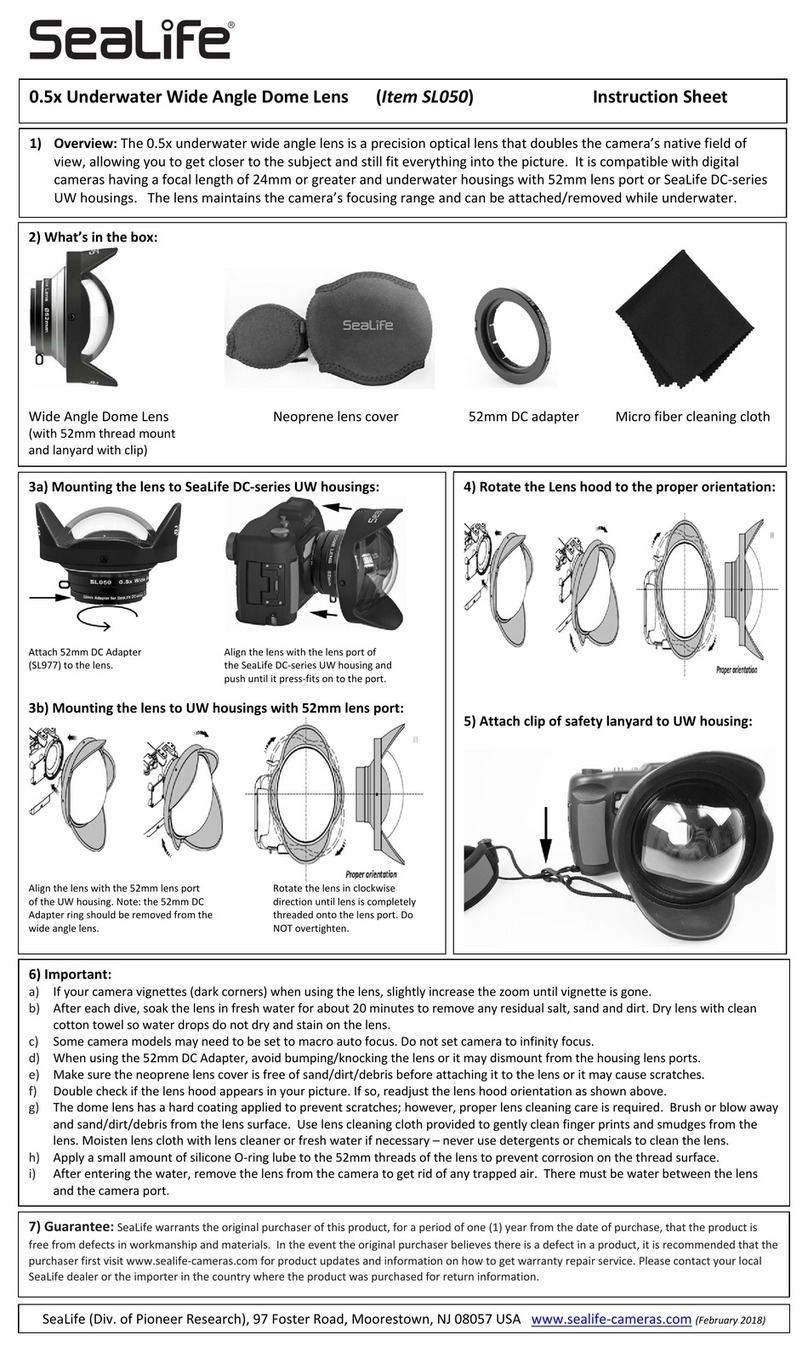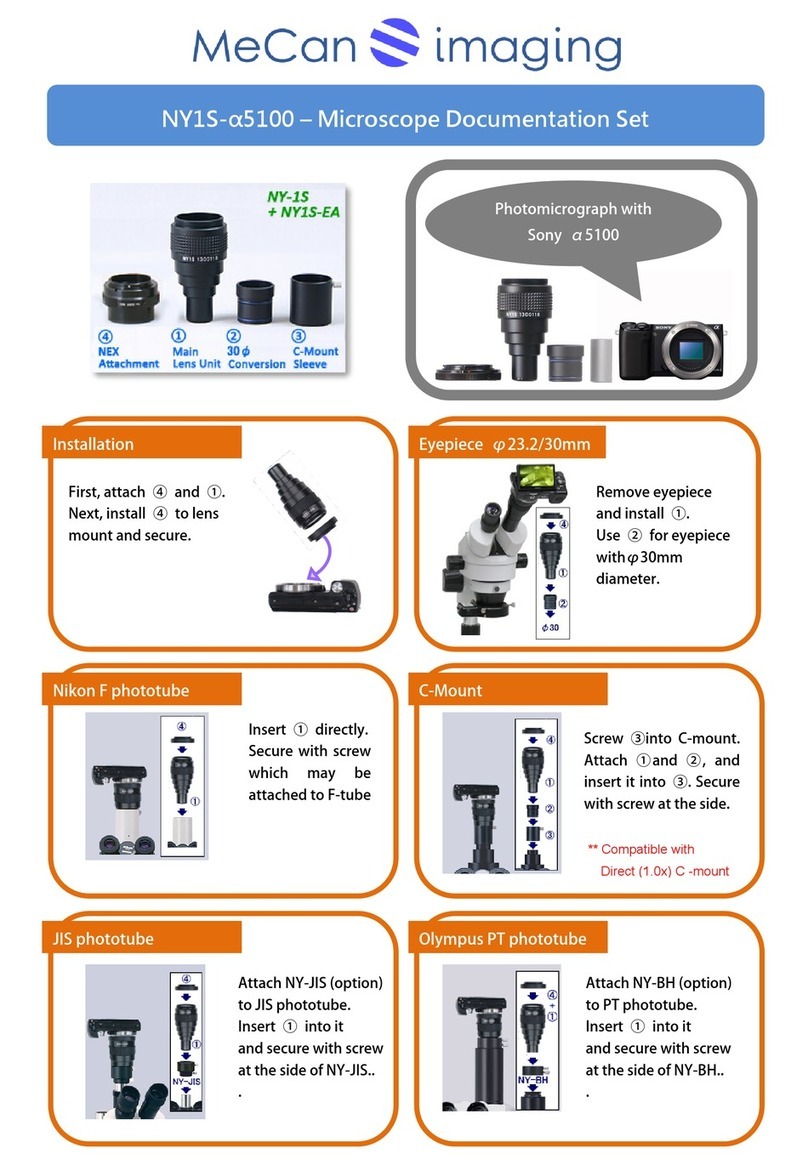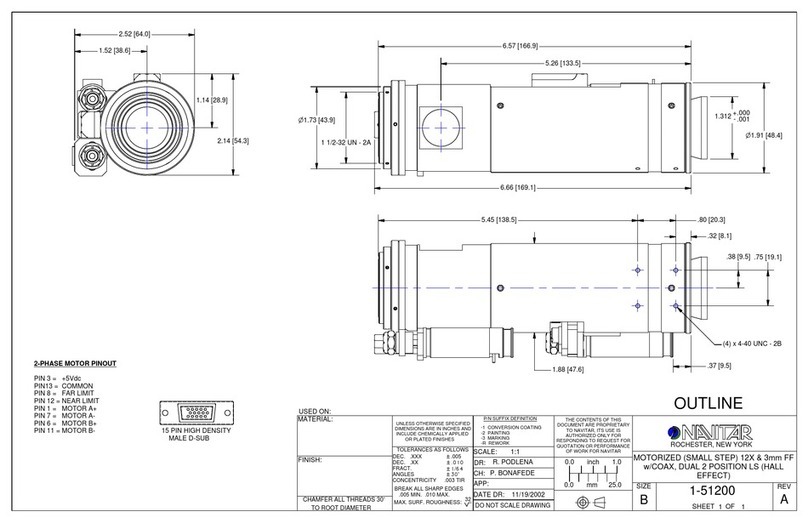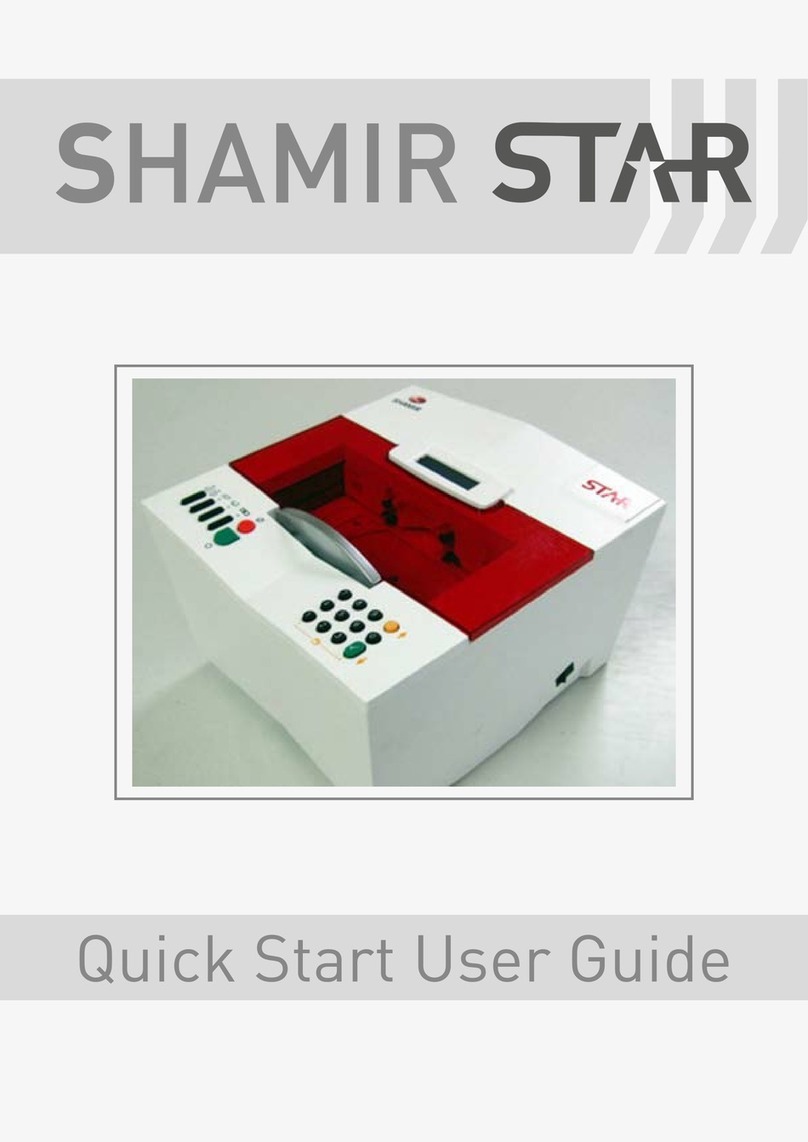
EYESPACELENSES.COM
4EYESPACE BESPOKE INSERTION TIPS
THINGS TO REMEMBER!
• Do not modify the recommended cleaning routine or solutions without consulting your optometrist.
Other solutions may not be compatible with your eyes and lenses and may cause discomfort or
allergic reactions.
• Shortcuts with cleaning solutions may appear to save money but may result in ineffectively cleaning
and disinfecting the lens. Incorrect cleaning solutions may damage your lenses or lead to an eye
infection which can result in vision loss.
• Never clean or store your rigid lens with soft contact lens solutions. These products work in a
different way to the rigid lens solutions and will not clean and condition your rigid lenses as well.
• Replace your lens case every time you start a new bottle of lens cleaner to avoid microbial
contamination and loss of effectivity.
• To avoid contamination do not touch the tips of solution bottles. Replace caps after use.
• If your eyes are very painful after hours, consult your local hospital or emergency eye clinic.
• If you notice scratches, chips or misplace a lens, contact your optometrist for a replacement. Do not
wear chipped or cracked lenses as these may cause discomfort and pain.
• Acute inammation or infection of the anterior chamber of the eye
• Any eye disease, injury, or abnormality that affects the cornea, conjunctiva or eyelids
• Severe insufciency of tears or inammatory dry eye
• Corneal hypoesthesia (reduced corneal sensitivity)
• Any systemic disease which may affect the eye or be exacerbated by wearing contact lenses
• Allergic reactions to ocular surfaces or adnexa which may be induced or exaggerated by wearing
contact lenses or use of contact lens solutions
• Allergy to any ingredient, such as peroxide and hydraglyde in a recommended cleaning solution
• Any active corneal infection (bacterial, fungal or viral).
• Red or irritated eyes.
• Remember your eye must:
◦Look good (no red eyes)
◦Feel good (no pain, discomfort or light sensitivity)
◦See good (no persistent blurry vision)
◦If in doubt, take them out and call your optometrist
Do not use your Bespoke contact lenses in the following cases:
Contraindications:
1Bailey CS et al. A review of relative risks associated with four types of contact lenses. Cornea, (1990) Journals.lww.com
2Ladage PM, Yamamoto K, Ren DH, Li L, Jester JV, Petroll WM, et al. Effects of rigid and soft contact lens daily wear on corneal epithelium, tear
lactate dehydrogenase, and bacterial binding to exfoliated epithelial cells. OPHTHA. Elsevier; 2001 Jul 1;108(7):1279–88.

